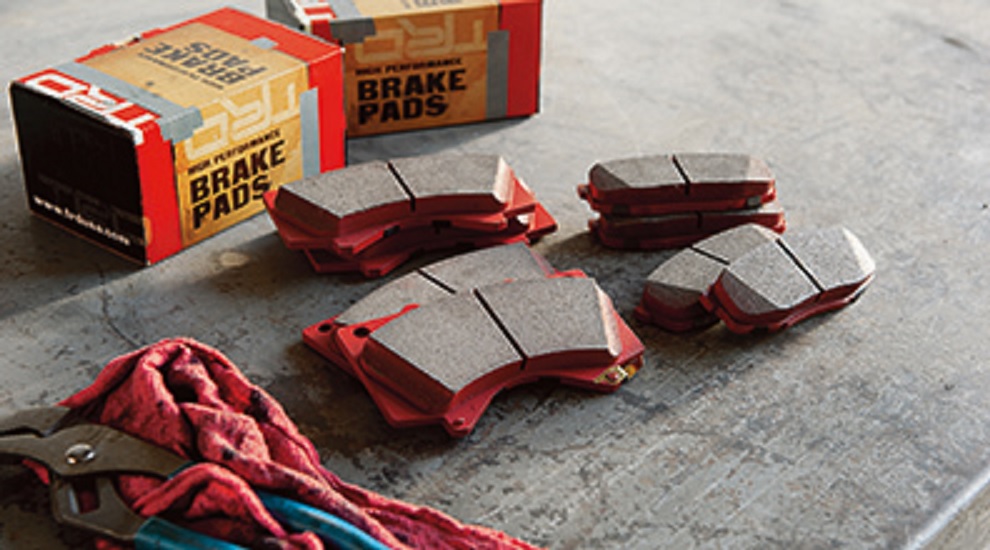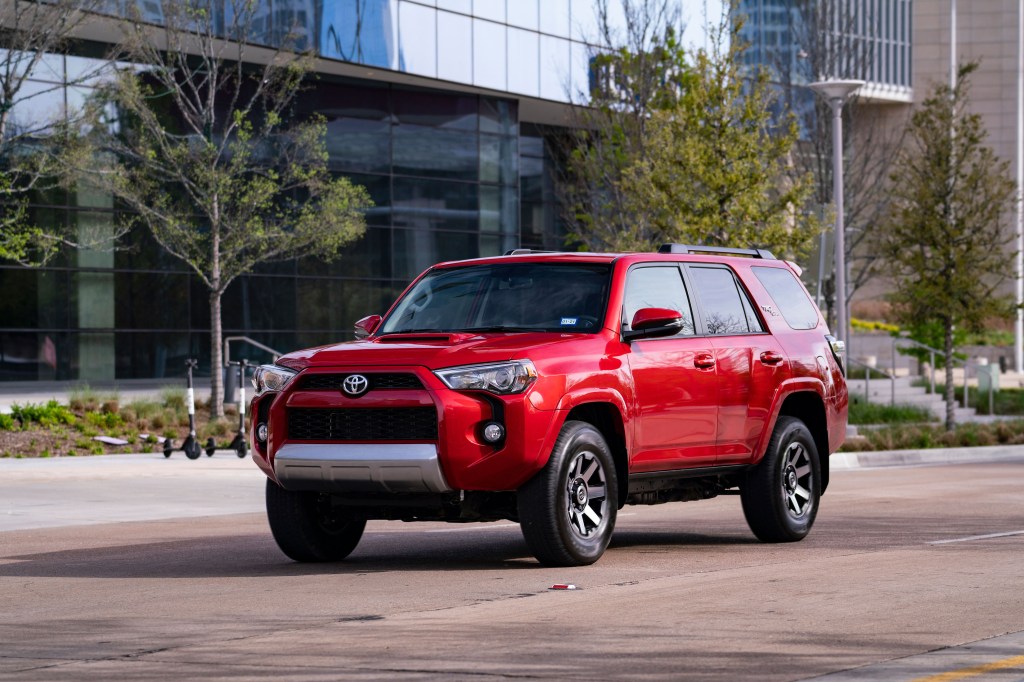Toyota 4 Runner 1999 Chugging Funny Smell
The Toyota 4Runner regularly places high on vehicle reliability rankings and ownership lengths. Although it lacked certain safety features until recently, the 4Runner holds its value better than almost any other vehicle on the market. And it's not like the non-TRD models are built less-tough: 4Runners with 200,000 miles or more aren't unusual. The SUV is a repeated Consumer Reports recommendation due to its almost comically-strong reliability record. But, after 100,000 miles, some complaints are inevitable.
Toyota 4Runner complaints due to wear-and-tear
Crossing 100,000 miles is a significant milestone for almost any vehicle. At that point, even the toughest components can start to wear down.
The biggest maintenance issue at 100,000 miles, according to one Toyota-4Runner.org forum thread, is replacing the timing belt. CarGurus' forum recommends the same. In addition, another thread on Toyota-4Runner.org explains that the engine's water pump should be replaced at the same time. Again, the CarGurus' forum concurs. At 100,000 miles, both of these components have simply started to wear down.
Consumer Reports' Toyota 4Runner trouble spots sections reference similar wear-related items, in addition to the timing belt and water pump. One owner of the particularly-troublesome 2003 Toyota 4Runner noted they had to replace their SUV's suspension, not because of an issue, but "normal wear and tear." Other 4Runner model years have also noted this kind of issue.

CarComplaints.com reports one 2007 Toyota 4Runner owner complaining of a front differential leak. However, at the claimed 142,600 miles, these are issues that affect most SUVs. Especially ones that may have been taken off-road. One 2004 4Runner, according to Consumer Reports, did have to replace their entire rear differential. But only after 13 years and 200,000 miles.
However, not every Toyota 4Runner complaint is due to age.
Toyota 4Runner V8 problems
Multiple Toyota-4Runner.org and 4runners.com forum threads detail issues with both the V8 and V6 engines offered throughout the 4Runner's lifetime.
For the 2003-2009 4th-gen 4Runner, Toyota offered two different 4.7-liter V8 engines. This engine was also offered in several other Toyota products. However, based on numerous CarComplaints.com and Consumer Reports claims, 4Runners with this engine appeared to regularly suffer exhaust manifold leaks. This would cause a sulfur odor in the cabin, as well as damage the engine's O2 sensors and catalytic converters.
Toyota-4Runner.org forum members, as well as CanadianGearhead.com, believe the cracking issue stems from the manifold's design, as well as the weight of the catalytic converters. The converters are placed close to the engine for improved cold-start emissions, where they can allegedly stress the manifold's thin metal. Over repeated heating-and-cooling cycles, cracks start to form and grow.
CarComplaints.com does note Toyota issued several technical service bulletins for this issue. Nevertheless, for some owners, even replacing the manifolds entirely didn't solve the issue. Toyota also has not offered a V8 in the 4Runner since.
The V6 issues
This, again, appears to be a 2003-2009 4th-gen 4Runner issue. According to 4runners.com, this generation's 4.0-liter V6 was known to blow its head gasket, especially after 100,000 miles. Forum members point to the 2003-2006 model years as particularly noteworthy for this.
Consumer Reports owner claims do support this. The 2003-2006 4.0-liter V6 4Runners have repeated reports of head gasket failures and leaks. For the 2007 model year, however, the problem seems to have disappeared. And this problem has not appeared on the 5th-gen, 2010-current 4Runner.
The Toyota 4Runner's brakes
The 2003-2005 4Runners are notorious for their locking front brake calipers. Even after repeated replacement, the front brakes still lock up or fail. However, CarComplaints.com has reports of this issue appearing in 2013 and newer 4Runners.

The owner of one 2015 4Runner with a reported 15,000 miles on the odometer claims the brakes are "inadequate" for an SUV like the 4Runner. The complaints for this model year also list warped brake pads and rotors. Owners of other 5th-gen 4Runners have reported similar warping and braking issues, though Consumer Reports claims the 2015 model is the worst offender. However, it appears that 2017 and newer 4Runner brakes are better-made: owners haven't reported sticking or warping issues to Consumer Reports.

At the moment, Toyota has not issued a recall for this issue. It is possible that some—though not all—of these brake-warping reports come from owners taking their 4Runners off-roading, and pounding on the brakes. Toyota's TRD division does offer improved brake pads for 4Runners, which might fix the issue. However, this is something that Toyota clearly needs to address.
What to know and ask before buying

In the case of wear-and-tear items like the timing belt and water pump, make sure to ask if the 4Runner you're planning on buying has had them replaced. If they haven't, budget for their replacement, or look for a different 4Runner that's had the work done.
In the case of cracked exhaust manifolds, failed head gaskets, or brakes, the best bet for a used 4Runner is a pre-purchase inspection. Take the SUV to a trusted, certified mechanic for a once-over to identify any issues. Especially if the 4Runner you're eyeing is a 2003-2005 model.

Does this mean you shouldn't buy a 4Runner at all? Not necessarily. Toyota appears to have resolved most of these complaints with the newest 4Runners. And repairs for earlier 4Runner issues to exist. Plus, Consumer Reports wouldn't rank the SUV so high in reliability if these problems were deal-breakers. As always, buyers just need to be careful.
Source: https://www.motorbiscuit.com/the-most-common-toyota-4runner-complaints-after-100000-miles/
0 Response to "Toyota 4 Runner 1999 Chugging Funny Smell"
Post a Comment